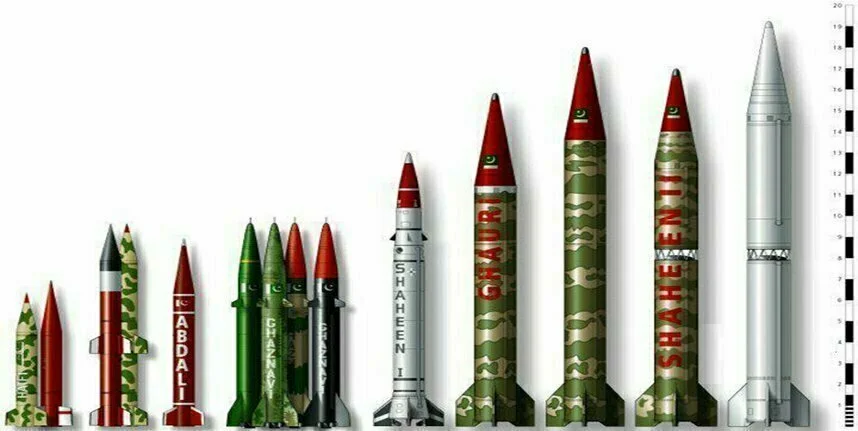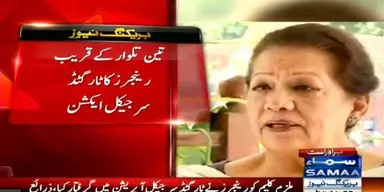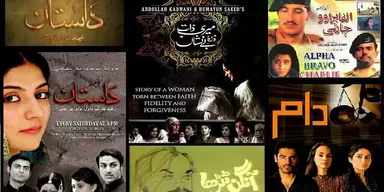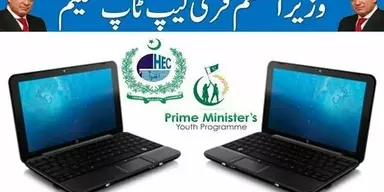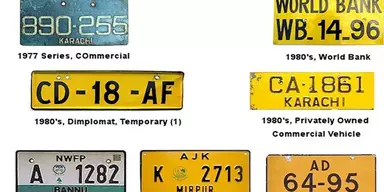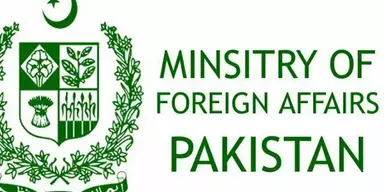First, arms race was a competition for supremacy in nuclear warfare between the United States and Soviet Union during Cold War. But now list has been updated and many Asian countries are also the part of nuclear arms group. In South Asia, India and Pakistan have also engaged in a technological arms race since 1970s. Competition between two countries started in 1974 when India tested its first nuclear weapon, “Smiling Buddha”.
Problem raised even more when In 1998, India under Atal Bihari Vajpayee government, test detonated 5 more nuclear weapons. Domestic pressure within Pakistan began to build and Pakistan under Nawaz Sharif government ordered test, detonated 6 nuclear war weapons (Chagai-I and Chagai-II) in a tit for tat fashion and to act as deterrent.
Since the commencement of 21st century, both countries have been allotting a massive budget every year for the development of defense sector.
According to recent research of “Bulletin of the Atomic Scientists” Pakistan possesses 120 atomic weapons in comparison to 110 atomic weapons of India.
The poor adherence to non-proliferation treaties is evident when one recalls that the United Nations Office for Disarmament Affairs (UNODA) started taking notice of issues related to atomic energy in 1946, passing the First General Assembly Resolution. According to UNODA the International Atomic Energy Agency (IAEA) was formed in 1957 to ensure safe, secure and peaceful uses of nuclear science and technology.
On February 17, 2015 Indian government had authorized the Indian Air Force to manufacture six new Akash Missile to muscle the air missile defense system of Indian Air Force. Just after one month in March, Pakistan had conducted two test: First, it successfully tested its first home-developed armed named Buraaq and Barq laser guided missile on March 13, 2015. Second test was of Shaheen-III Surface to Surface Ballistic Missile carried on March 09, 2015.

